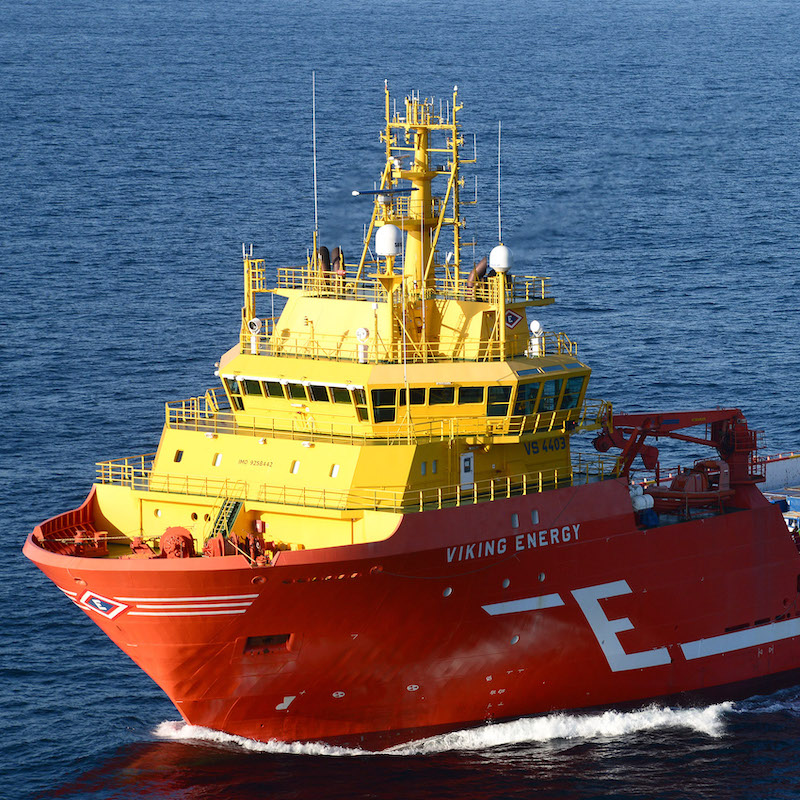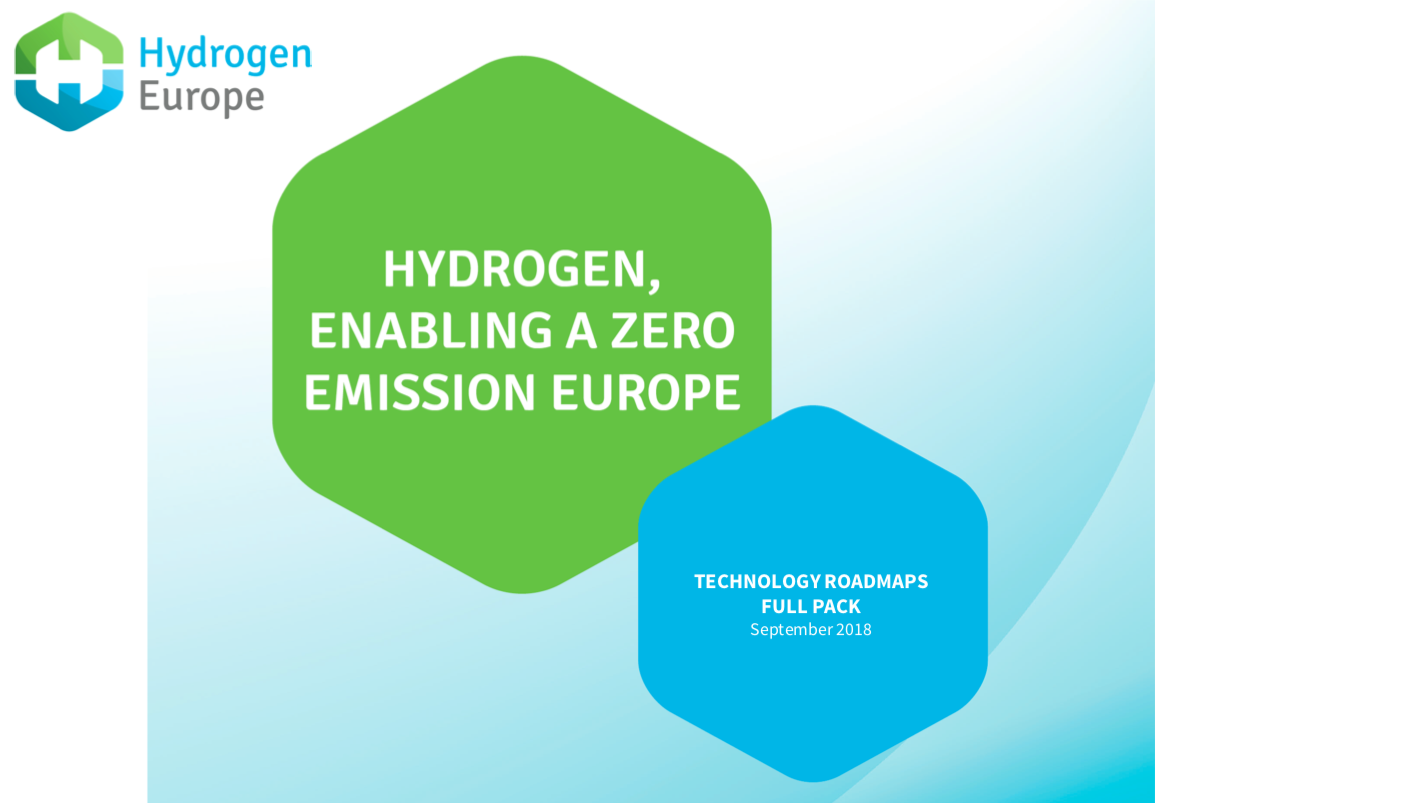This morning, it was announced that the "Viking Energy," a supply vessel for Equinor's offshore operations, will be modified to run on a 2 MW direct ammonia fuel cell. This will be a five year project: the technology will be scaled-up on land before being installed on the vessel, which will begin a year of GHG emission-free operations in 2024. The Norwegian partners leading this "world's first" project include shipowner Eidesvik, contractor Equinor, and ammonia producer Yara, as well as Wärtsilä (Wärtsilä Norway), responsible for power technology and ammonia storage and distribution systems, and Prototech, delivering the fuel cell system.
Content Related to Fuel Cell and Hydrogen Joint Undertaking
Article
Ammonia Featured in Hydrogen Europe Roadmaps Report
Stephen H. Crolius December 21, 2018
By definition, members of the ammonia energy community see ammonia as the preferred form of hydrogen in many applications. Until recently, this view was not shared by most members of the hydrogen energy community. Where there was awareness at all, ammonia was often seen as dangerous or irrelevant. However, since the middle years of this decade a transition has been occurring. Lack of awareness and wariness (let’s call this stage 1) is giving way to interest in and exploration of ammonia’s potential role in discrete applications (stage 2). At some point, we may arrive at a third stage. This will be characterized by the development of sustainable energy systems that have been cost-optimized with ammonia as a staple energy commodity. In this scenario, elemental hydrogen will be the supporting actor that appears only in discrete contexts. Hydrogen, Enabling a Zero Emission Europe, Technology Roadmaps, a report released in September 2018 by the advocacy group Hydrogen Europe, perfectly exemplifies the stage 2 mindset. Ammonia energy is discussed in a handful of instances as a narrow-scope expedient. To be sure, the report implies, ammonia could be a part of the solution. But it also might not pan out at all.

